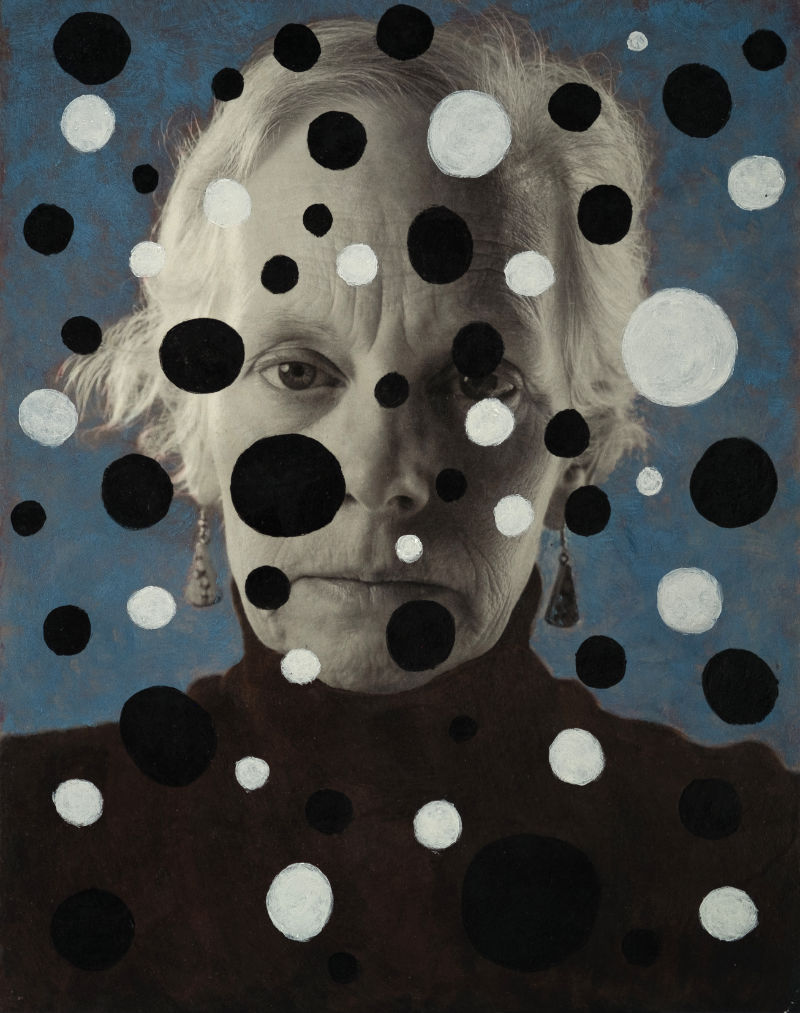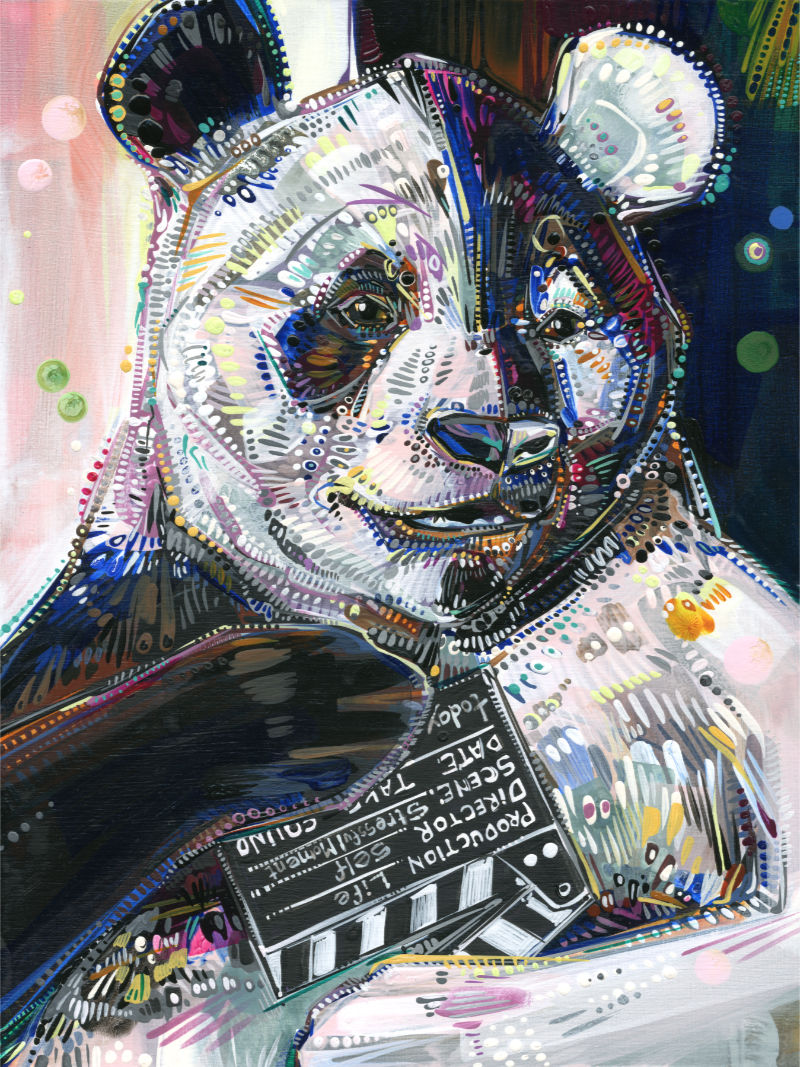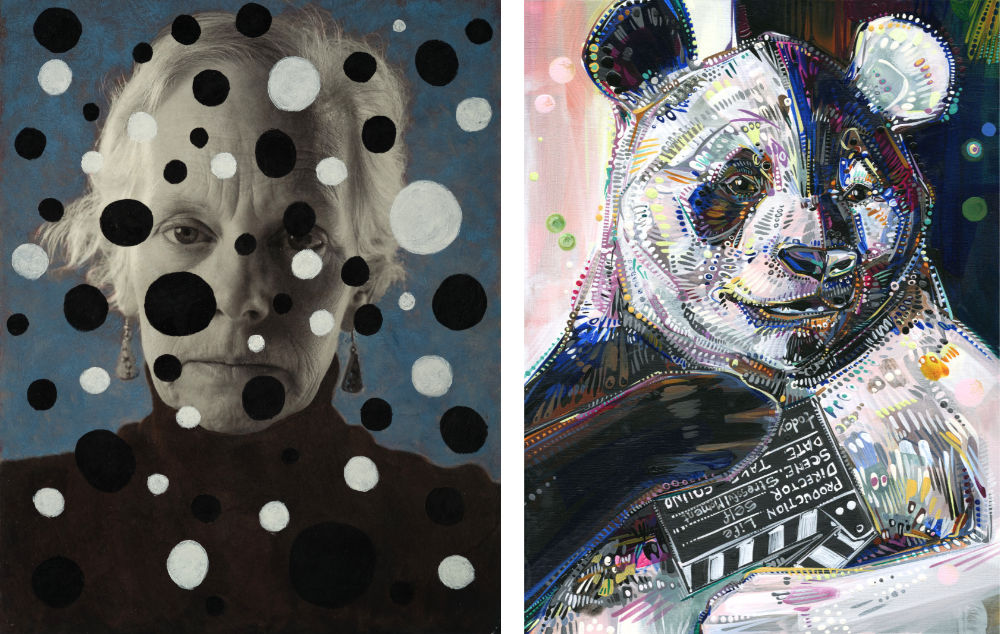Blog / 2022 / By Comparison
August 9, 2022
“You can’t understand...you don’t have kids.”
It’s been a while since someone has said this to me. Maybe that’s why it hit me differently than it has before. Back when I was in the throes of my infertility—when I was still more childless than childfree—people would tell me I couldn’t know what it was like to have kids, and it stung.
This time though, it just felt like this person was revealing more about herself than she meant to.
After all, she could have easily explained how parenthood had impacted her life without making a statement about what I can and cannot understand, but she didn’t. It mattered to her that I acknowledge that I’ll never have that knowledge.
I mean, she’s not wrong: I won’t ever know what it’s like to have kids. But it’s just as true to say that parents can’t understand what it’s like to be childfree. So why did this person need me to see my ignorance?

A week or so prior to this conversation, I’d come across this encaustic photograph by someone else, Leslie Levenson. It was one of those happy instances of a brief internet encounter turning into a deep exchange about art and life. I was especially struck by this artwork, because I’d only recently made my own piece on the same topic.

Black-and-white Thinking
2022
acrylic on panel
12 x 9 inches
The two images are obviously very different. Leslie’s is part of a series about aging and, specifically, that feeling like you’re disappearing. I love how direct it is, while still being a beautiful piece of visual poetry. My interpretation of the black and white circles is as an allusion to that feeling of “seeing spots,” of something being not quite right, and that rings true for me when I reflect on black-and-white thinking.
My panda is from a series about mental health struggles called Everything’s Fine, and the piece comes across as complicated, which is part of the point—the image’s complexity fighting against the over-simplification of splitting. But even before I saw Leslie’s piece, I worried that the meaning might be obscured in the complication, and, once I had Leslie’s Black & White Thinking to compare mine to, I was sure of it. I didn’t stop loving my divided bear, but looking at the images together makes me aspire to Leslie’s eloquence as I move forward.
For Leslie, the juxtaposition made the generosity in my art really shine. She likes the way I’m addressing my own issues with the intention of helping others, and she wants to explore being more vulnerable in her own work.

Comparing two similar images is a useful exercise, whether or not you made one of the pieces. Side by side, the details of each image stands out in a new way. You may end up liking one more than the other, but that doesn’t mean that one is better than the other.
In that way, it’s sort of like when we compare our lives to other people’s—like the person who told me I couldn’t understand being a parent. My presence made her choices feel new to her, I think, and that’s why she had to tell me I couldn’t understand. Because maybe she didn’t fully either.
Did this post make you think of something you want to share with me? I’d love to hear from you!
To receive an email every time I publish a new article or video, sign up for my special mailing list.

